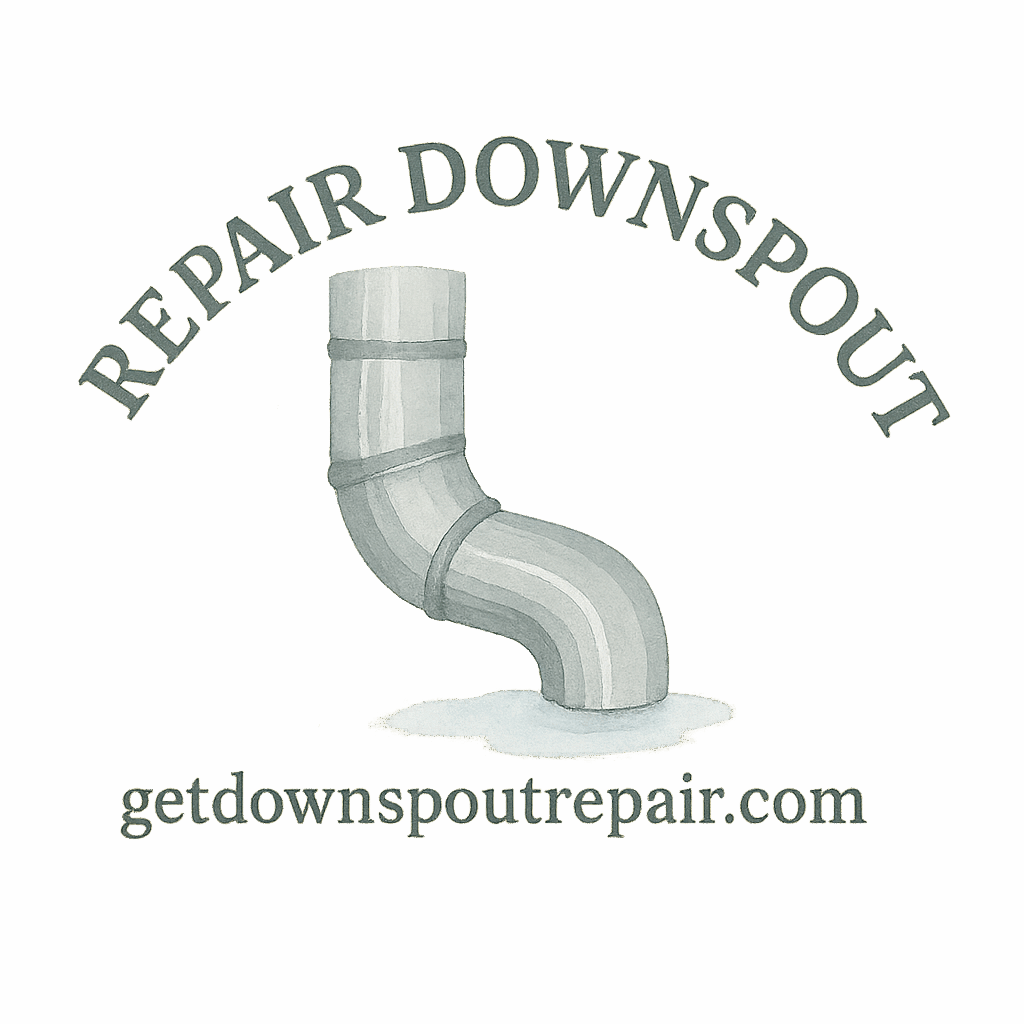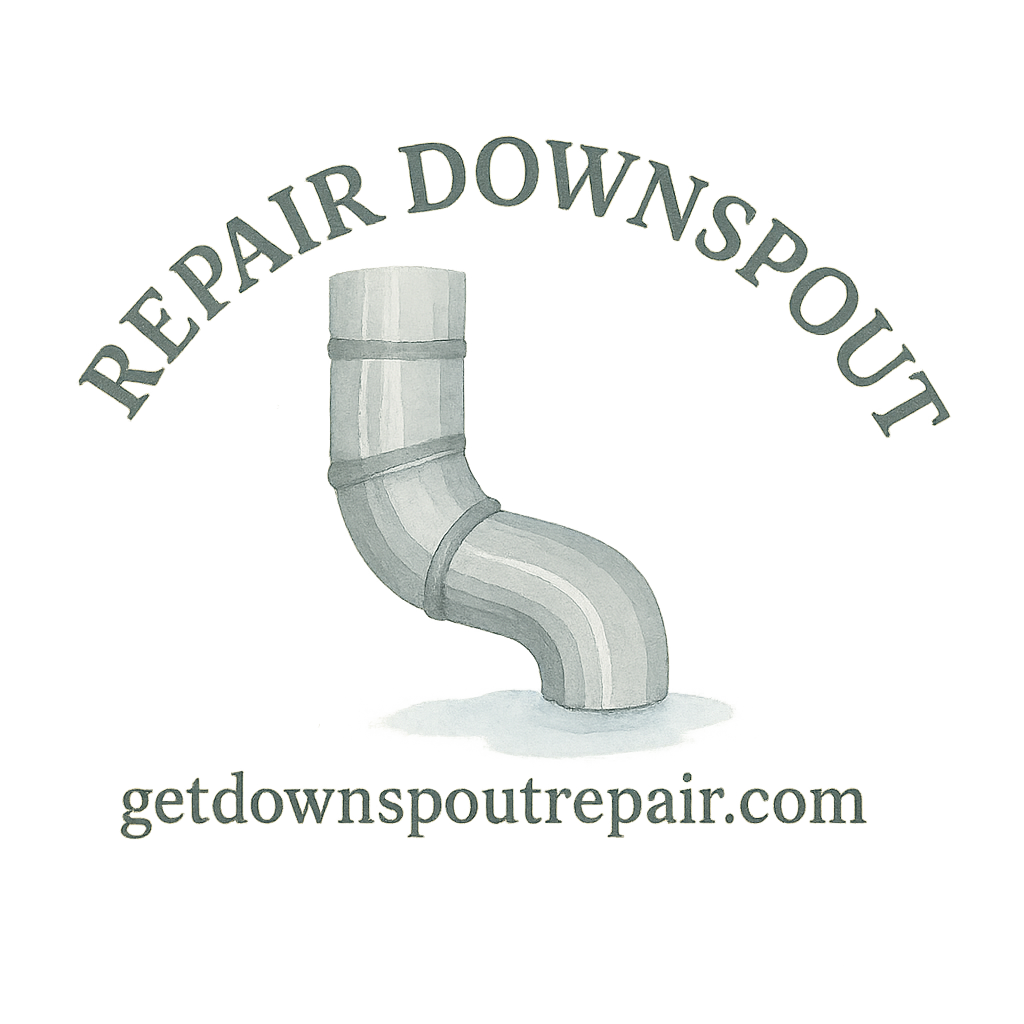Why Downspout Repair Matters
Your home’s downspouts might not look like a big deal, but trust me—they’re the silent heroes protecting your foundation from water damage. Without proper maintenance, clogged or broken downspouts can turn into expensive repairs. Think of them as the veins of your gutter system, channeling rainwater away from your home. If they fail, the whole system suffers.
The Hidden Dangers of Ignoring Downspout Problems
Neglecting downspouts can cause water pooling near your foundation, basement flooding, and even soil erosion. Over time, this can compromise your home’s structural integrity. It’s like ignoring a leaky pipe—it might not seem urgent at first, but it can spiral into a disaster. For more insight into common issues, check out this guide on downspout problems.
How DIY Downspout Repair Saves Money and Stress
Hiring professionals is sometimes necessary, but many repairs can be handled on your own. By learning some repair basics, you can save hundreds of dollars and prevent future headaches. It’s empowering, cost-effective, and surprisingly simple when you know the right steps.
Getting Started with DIY Downspout Repair
Before you grab a ladder, let’s prep properly. A successful DIY downspout repair project starts with tools, safety, and a little planning.
Essential Tools and Materials You’ll Need
- Ladder
- Work gloves
- Utility knife
- Caulk or sealant
- Screwdriver and screws
- Downspout extensions
- Gutter seal tape
These essentials are your toolkit for fixing everything from small leaks to major disconnections.
Budget-Friendly Tools vs. Premium Tools
If you’re just starting out, budget tools are fine. But investing in premium tools pays off if you plan to do frequent maintenance.
Where to Source Quality Products
Always choose quality products that resist rust and wear. Cheap materials might save you now but cost more later.
Safety First: DIY Repair Basics
Never climb a ladder alone. Wear gloves to avoid sharp metal cuts, and keep your tools organized. Following DIY repair basics can make the difference between a quick fix and an accident.
10 DIY Downspout Repair Tips for Lasting Results
Tip 1: Inspect Your Downspouts Regularly
A quick walk-around after heavy rain helps spot problems early. Look for leaks, rust spots, or pooling water near your foundation.
Tip 2: Clear Out Clogs Before They Cause Trouble
Clogs are the #1 downspout issue. Leaves, twigs, and dirt can easily block flow. Use a hose or plumber’s snake to keep things clear. Learn more about preventing clogs here.
Tip 3: Seal Leaks with the Right Materials
Use gutter seal tape or waterproof caulk. A tiny hole today can become a waterfall tomorrow if ignored.
Tip 4: Reconnect Loose Joints Securely
Loose connections can cause leaks and water misdirection. Fasten them with screws and sealant for a watertight fit.
Tip 5: Extend Your Downspout for Better Drainage
Water should flow at least 5–10 feet away from your foundation. Install extensions to avoid puddles and protect your landscaping. See drainage protection for more.

Tip 6: Anchor Wobbly Downspouts Firmly
Use brackets to secure downspouts against your home. Movement can stress joints and cause cracks over time.
Tip 7: Replace Rusted or Damaged Sections
Don’t patch severely damaged areas—replace them. Rust spreads fast and weakens the metal.
Tip 8: Adjust the Angle for Proper Water Flow
If water sits instead of flowing, adjust the pitch of your downspout slightly. A small tilt ensures smooth drainage.
Tip 9: Add Splash Blocks or Drainage Extensions
Prevent soil erosion and foundation cracks with splash blocks or flexible extensions. This step is often overlooked but highly effective.
Tip 10: Protect Your Downspouts from Future Clogs
Install gutter guards or strainers. This simple add-on reduces the need for frequent cleaning and helps prevent clog-related issues.
Common DIY Downspout Repair Mistakes to Avoid
Using the Wrong Materials
Not all sealants or metals are created equal. Using low-quality supplies often means redoing the job sooner.
Skipping Routine Maintenance
DIY downspout repair isn’t a one-time fix. Skipping cleanings and inspections leads to bigger problems. Explore these gutter cleaning practices to stay ahead.
Ignoring Small Leaks Until They Get Worse
A minor drip today might mean major water damage tomorrow. Always fix issues early.
DIY vs. Professional Downspout Repair
When DIY is Enough
Clogs, minor leaks, and loose joints are perfect for homeowners to handle with the right tools. Check out this DIY fixes guide for step-by-step instructions.
When to Call a Licensed Contractor
If your downspout is severely damaged or your drainage system is complex, call a licensed contractor. Sometimes professional help is worth every penny.
Preventing Water Damage Beyond Downspouts
How Gutter Cleaning Plays a Role
Your downspouts only work if your gutters are clean. Regular maintenance keeps the whole system flowing.
Extra Drainage Protection Strategies
Consider French drains, grading your yard, or installing underground piping. These drainage protection methods take prevention to the next level.
Cost Considerations for DIY Downspout Repair
Budget Tips for Affordable Fixes
Shop smart and reuse parts where possible. These budget tips can help you save without compromising quality.
Long-Term Savings of Doing Repairs Yourself
A few hours of DIY work can save you thousands in water damage repairs. Learn more about costs and materials here.
Final Thoughts on DIY Downspout Repair
Downspouts may not be glamorous, but they’re essential for protecting your home. With these 10 DIY downspout repair tips, you’ll safeguard your foundation, landscaping, and peace of mind. Prevention always beats costly repairs, and a little effort today means avoiding water damage nightmares tomorrow.
FAQs
1. How often should I check my downspouts?
At least twice a year, and always after heavy storms.
2. Can I use duct tape for downspout repair?
Not recommended—it’s a temporary fix at best. Use proper sealants or gutter tape.
3. What’s the best way to prevent clogs?
Install gutter guards and keep up with gutter cleaning.
4. How long do downspouts usually last?
With proper care, 20–30 years. Aluminum tends to last longer than steel.
5. Should downspouts be buried underground?
They can be, but make sure drainage is directed away from your home to prevent water backup.
6. Do I need professional help for minor leaks?
No, most leaks can be handled with DIY methods. But don’t hesitate to call pro help if things get complicated.
7. What’s the most common downspout repair mistake?
Ignoring small issues until they snowball into major water damage.


